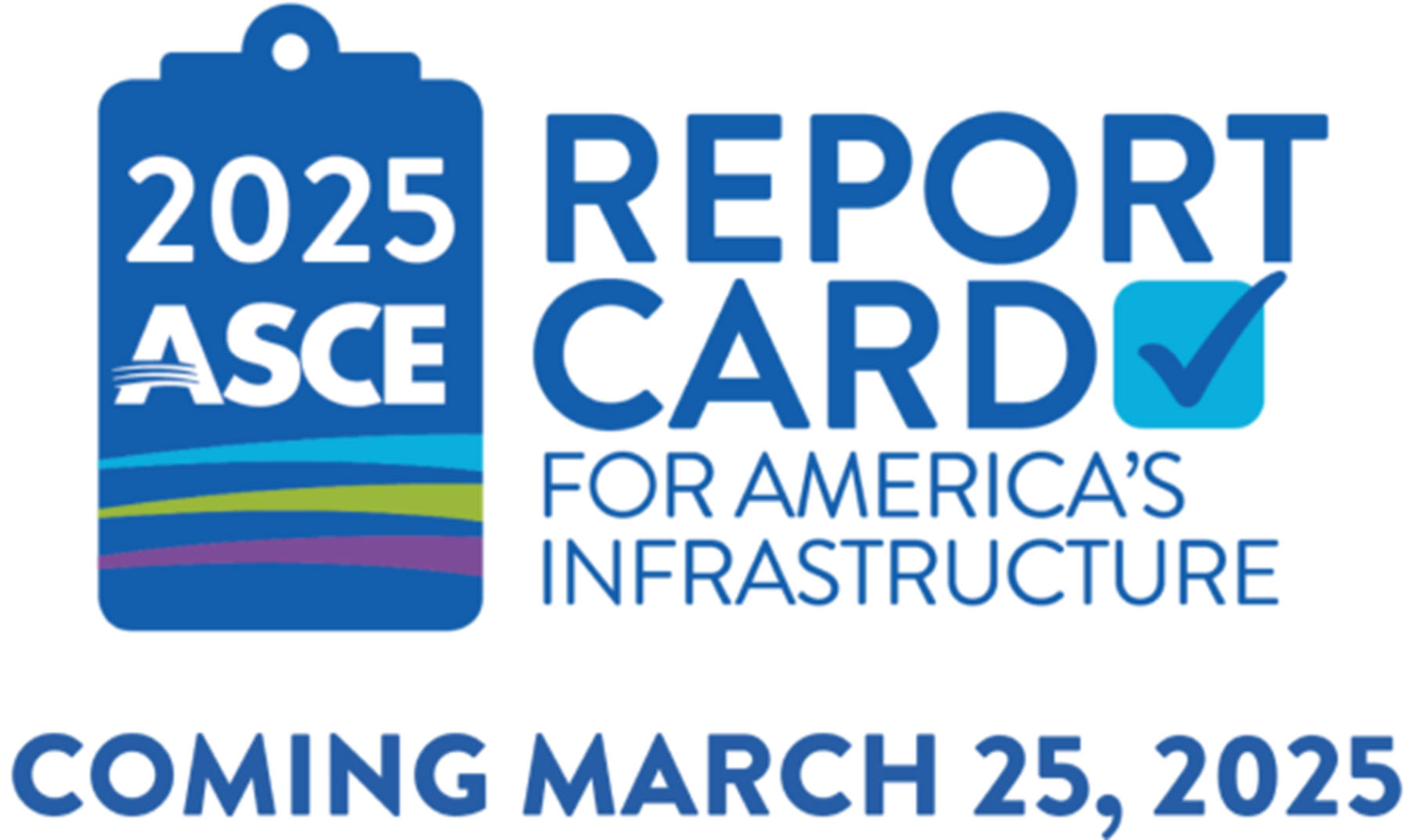
When the ASCE 2025 Report Card for America’s Infrastructure is released March 25, you will likely hear sound bites about it from a variety of news outlets.
Those sound bites are music to the ears of all who worked tirelessly behind the scenes to create the report card.
The attention generated by the report card is a credit to the countless hours those volunteers devote to the project. But those civil engineers also know that those sound bites will resonate on Capitol Hill, where lawmakers consider the needs and importance of infrastructure, and with the public, which carries a strong voice in electing people who will take steps to build, maintain, and improve infrastructure.
Further reading:
- With a grade of C, infrastructure’s upward momentum reflected in 2025 report card
- From halls of Congress to living room couches, infrastructure report card resonates
- ‘Doesn’t have to be like this:’ Report card as resilience tool before disaster strikes
“I thoroughly enjoy the process,” said Darren Olson, P.E., BC.WRE, M.ASCE, chair of ASCE’s Committee on America’s Infrastructure, which produces the report card, and vice chair for the 2021 effort.
“Every time we do this, I’m shocked by how much I learn about infrastructure and how it’s all related as a system of systems. It is a great process with a great group of experts. We spend the better part of 18 months working together on this.”
How it breaks down
In addition to a final overall grade, the 2025 report card will feature 18 grades for individual categories of U.S. infrastructure, meaning it is much more than a mere sound bite. Reviewing the 2021 report card shows that it is a thorough report, to say the least.
Each category has a subcommittee that works tirelessly to collect and analyze data surrounding that sector. Eight criteria are used for each category to arrive at a grade.

“I’m always amazed by the amount of work and data collection and rigor that goes into the grading,” Olson said. “We collect a whole bunch of data. We’re trying to assess an infrastructure category across the whole United States, so we’re largely looking at federally available data, federal funding, federal statistics on whatever that infrastructure category is and looking at it through the lens of those eight criteria.”
Next comes what Olson relishes most about the process: defending the grades before the committee.
“Essentially, it’s like they’ve got to sell the rest of the Committee on America’s Infrastructure on the grade,” Olson said. “Each infrastructure category puts together a whole presentation and really convinces this panel of experts as to why that certain category of infrastructure gets a (certain) grade. For me, that’s the most fun part because we learn a lot, and there’s a lot of great back-and-forth. I think it’s a great part of the process.”
Time well spent
Of course, that part of the undertaking is highly time-consuming, as it means 18 presentations to convince the committee that the grades are right. Sometimes the committee agrees, but when it doesn’t, the process is dragged out even further.
“There are times when we don’t have agreement on the grade, and then we send the chapter back for review, and they have to come forward again at the next meeting,” Olson said. “You have to take the committee’s feedback into consideration, and then reassess. And then sometimes the grade changes, and sometimes it doesn’t. It’s all part of the process.”
For Olson, though, it’s a labor of love.
After his stint as vice chair last time around, he was asked to serve as chair this time.
“There’s big shoes to fill in this role,” he said. “There’s been a lot of fantastic people in front of me that have paved this path. I was honored; I was humbled. I was wanting to get to work right away in order to make sure this continues to be really, in my mind, one of the most successful things that ASCE does.”



